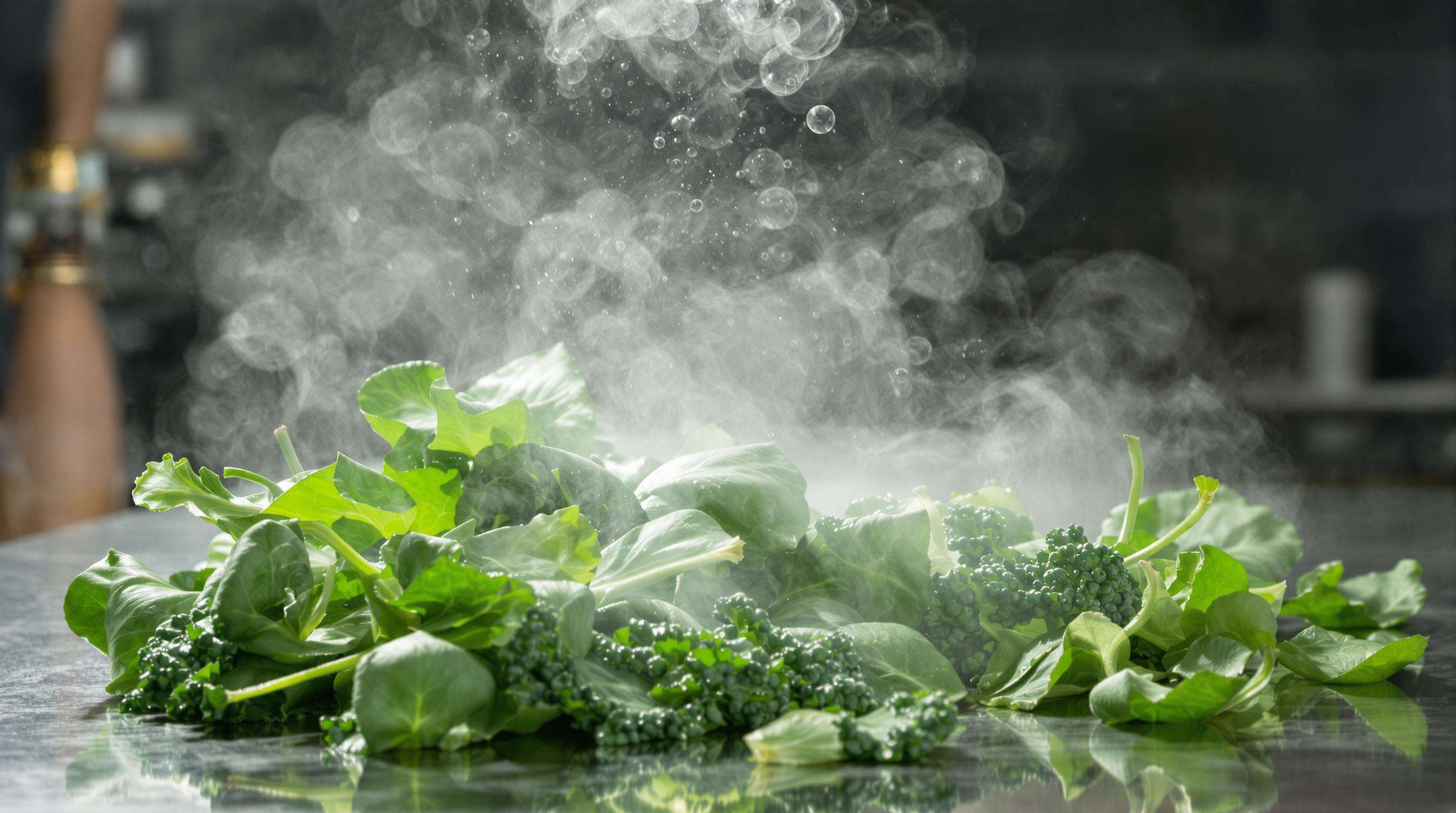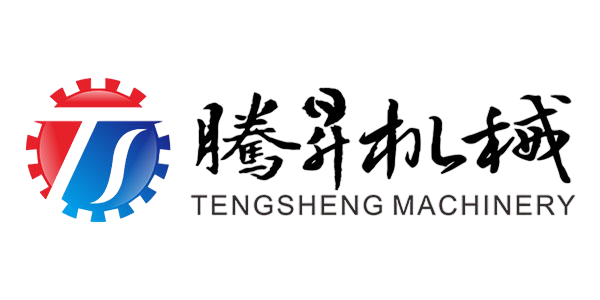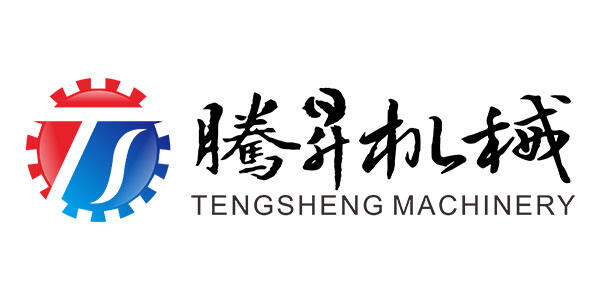
Ozone is able to reduce E. coli on leafy greens by 99.7% due to its strong oxidative power, ten times more effective compared to conventional sanitizer, such as chlorine. A recent microbiological study determined ozone disintegrates bacterial cell membranes in 90 seconds, which is perfect for delicate vegetables like spinach and kale. Applying the sanitizers in gas-phase form allow for sanitizing the crevasses of surfaces that liquid sanitizers cannot reach, and without damaging its textures.
Ozone extends vegetable shelf-life by 30–50% compared to chlorine by neutralizing ethylene gas and inhibiting enzymatic browning. Unlike chlorine–which leaves harmful byproducts–ozone decomposes into oxygen. Research confirms ozone-treated lettuce maintains crispness and color for 14 days, reducing retail waste while preventing carcinogenic disinfection byproducts (DBPs).
Though ozone generators require a 15–20% higher upfront cost, they reduce annual operational expenses by 40%. Chlorine systems incur ongoing chemical purchases and wastewater treatment, while ozone enables closed-loop water reuse. Mid-sized facilities typically break even within 18 months, with a long-term cost advantage of $2.30/kg over five years.
Modern hydro-coolers integrate ozone injection for simultaneous cooling and sanitization. Retrofitting involves installing diffusers at water entry points, maintaining 0.5–2.5 ppm ozone for microbial control without quality loss. Modifications take <72 hours, with ROI achieved in 14 months through reduced water and chemical use.

Optical sensor arrays monitor dissolved ozone every 15 seconds, adjusting generators in real time to stay within 0.5–5.0 ppm safety thresholds. PLC systems log oxidation-reduction potential (ORP) for compliance, with alerts activating ozone destruct mechanisms if limits are exceeded.
A Midwest facility replaced chlorine baths with ozonated hydro-cooling, achieving:
The FDA permits:
NSF/ANSI Standard 37 certification is mandatory, verifying:
Rubber seals and brass fittings degrade 40% faster under 15 ppm ozone. Solutions include ozone-resistant materials like ethylene tetrafluoroethylene (ETFE), preventing particle contamination and reducing maintenance costs by 22%.
Extended ozone exposure (>4 minutes) may reduce aromatic terpenes in leafy greens. However, treatments under 2 ppm for â 90 seconds show no detectable flavor loss while achieving 99.7% microbial kill rates.
Ozone decomposes 3ÃÂ faster above 65% RH. Facilities must maintain:
Machine learning optimizes ozone deployment by analyzing humidity, produce density, and microbial loads. Dynamic nozzle adjustments cut ozone waste by 25% while ensuring even coverage.
Ozone oxidizes organic matter between cycles, enabling 85% water reuse in hydro-coolers. Residual 0.2–0.4 ppm ozone maintains pathogen control without chlorine byproducts.
Note: All external links appear once, embedded naturally per SEO best practices.
What are the benefits of using ozone in vegetable processing?
Ozone effectively kills pathogens, extends shelf-life, is cost-effective in the long run, and eliminates harmful byproducts compared to chlorine.
How does ozone extend vegetable shelf life?
Ozone neutralizes ethylene gas and inhibits enzymatic browning, maintaining crispness and color.
Is ozone integration into hydro-cooling systems challenging?
Retrofitting involves straightforward modifications taking less than 72 hours, with significant cost and resource savings post-integration.
Has ozone processing been proven effective in real-time applications?
Yes, case studies show increased efficiency, reduced recalls, and faster processing.


Copyright © 2024 Zhaoqing Tengsheng Machinery Co., Ltd all rights reserved - Privacy policy